You are here
Museum musical instruments in Dushnbe.

Excursions across Dushanbe.
“Rudaki ran the strings and played the chang,
And as soon as he sang a song, the phial boiled with wine.
If you, my friend, saw a dark red jet,
You would call this moisture a molten ruby.
They have one fundamental principle, only the appearance is almost similar,
For the ruby crystal is hard and the wine crystal is fluid.
You touched the phial a little, and already the hand is red,
You barely sipped a phial, and look, you have already become drunk.»
Rudaki. Translation by V. Levin.
Excursions to museum of Musical Instruments in Dushanbe.
Museum of Musical Instruments is located on Shota Rustaveli Street, 8 between Mirzo Tursunzade and Azizbekov Streets, 840 meters west of Rudaki Park in the central part of Dushanbe. The Museum of Musical Instruments was founded in 1990 on the basis of the private collection of the People's Artist of the Republic of Tatarstan G. Zavkibekov.
A talented actor, a multi-talented person, Gurminj began collecting from an early age. The Gurminj Museum has over 200 exhibits from all Asian countries in its funds. he main exhibits are represented by string, wind, bow, percussion instruments.
The collection of stringed instruments is the most numerous. These are setars, and dutars, and rubabs, and tanburs, and banjos. The most beautiful setar - Kashgar - is inlaid with sadaf (ivory). The Afghan-Badakhshan setar, over 100 years old, is the most impressive.
There are many different setars of modern masters, in which the original ideas of the authors are embodied. The leading place is given to Shah-setar, who is over 100 years old. It is made of mulberry wood, large in volume but light in weight.
The sound of Shah-setar's strings is the most melodic. The collection of dutars (two strings) is the most diverse. Usually the dutar accompanied the chants with Shashmak. There are dutars from Bukhara, Tajikistan, Badakhshan from the most modest in design to the most exquisite in form.
The collection of rubabs is also numerous. There is a rubab synthesizing tar and guitar (Rubobi Kobuli). The Kashgar rubab is about 300 years old, it is characterized by a bright, light sound. Afghan has a more matte, chesty sound.
The Badakhshan rubab is about 100 years old. There are many rubabs by modern masters of Gorno-Badakhshan such as Zhonboz D., Aknazar I., Amonbek Rakhmatov. The collection of tanburs is not numerous, but the most valuable.
The star of the collection is the tanbur "Kumri" from the holy place of the Bartang district of GBAO. It was miraculously preserved, restored by the owner of the museum. The collection of string instruments is complemented by Belarusian gusli, chang, Arabic string instrument, etc.
Bowed instruments are represented by gidzhaks and violins. Gidzhaks are the most diverse from Badakhshan, Afghanistan, Iran, Vietnam. Percussion instruments are also worthy of attention. Indian tablas, African percussion, Iranian daf, Tajik and Uzbek doiras and tavls.
Numerous collection of wind instruments is represented by nais, koshnas, surnas, flutes and pipes. They are collected from different parts of the world. The museum has departments of everyday life, household utensils and clothing. Silver plates, brass teapots, bronze jugs, pottery are of historical value.
Chilim (smoking device) is about 500 years old. Copper choydush (teapots) are 300 to 400 years old. Items of clothing will tell about the national character of the Tajiks. Folklore and pop-ethnographic ensembles have been created at the museum, led by Gurminj and his son Ikbol Zavkibekov.
The coryphaeus of the Tajik stage, Gurminj Zavkibekov, devoted his life to theater and cinema. In his piggy bank there are many roles of different genres - from the hero of the epic "Shahnameh" to the driver of a dump truck.
Even during his lifetime, Zavkibekov made sure that the museum was provided with a separate building. Thus, the only museum of musical instruments in the country appeared in Tajikistan. The uniqueness of the collection is that almost all the instruments from the museum can still be played.
They have kept a great sound. At the request of visitors, members of the ensemble existing at the museum will gladly demonstrate it.
Geographical coordinates of Museum of Musical Instruments in Dushanbe: N38°34'33 E68°47'44
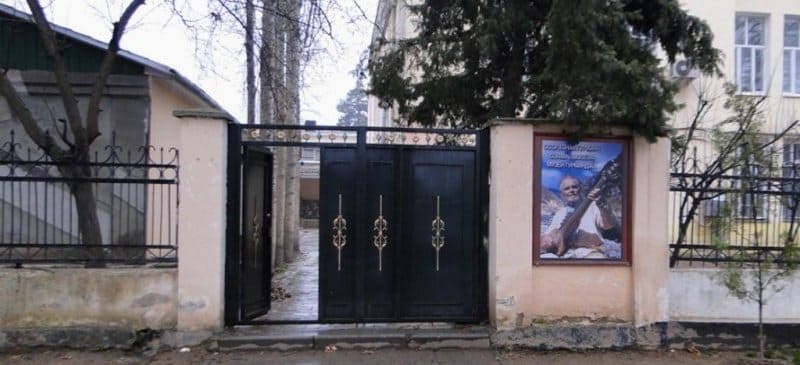
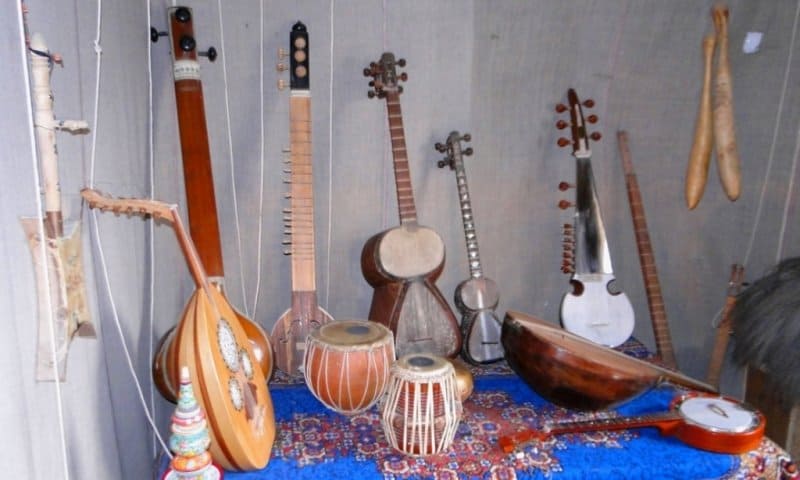
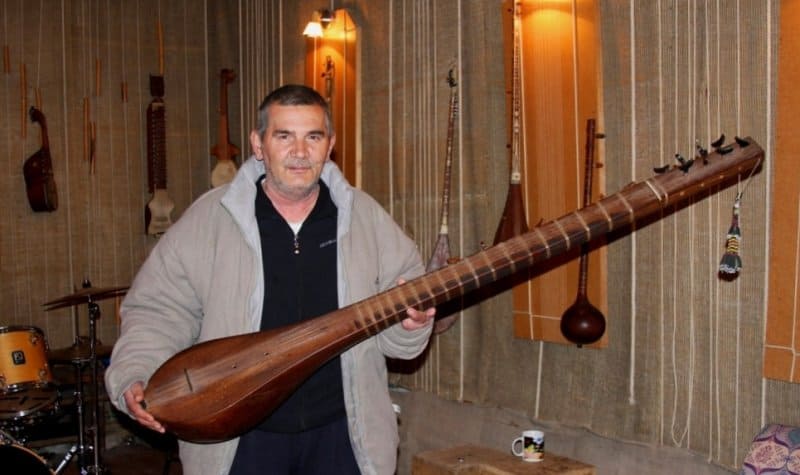
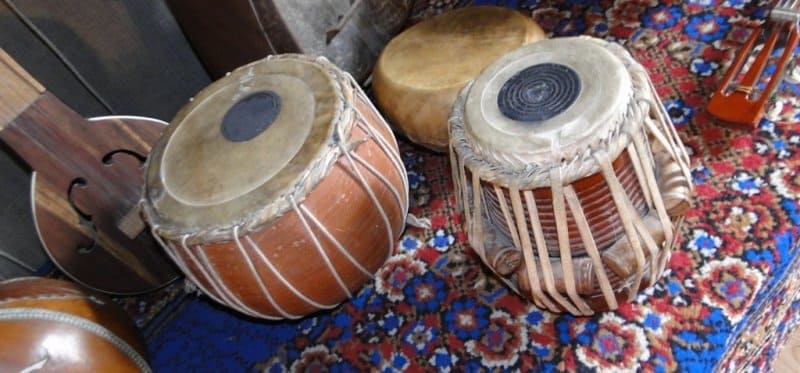
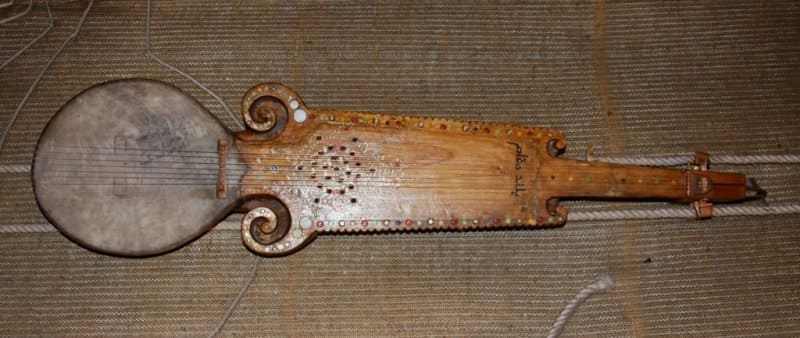
Authority:
Gafurov. B.G. "Tajiks: The most ancient, ancient and medieval history". M., 1972. Dyakonov M.M. “Works of the Kafirnigan Detachment.” Antiquities of Tajikistan: Exhibition Catalogue. Dushanbe, 1985. Bolshakov O.G., Negmatov N.N. Excavations in the suburbs of Penjikent. Proceedings of the Tajik archaeological expedition. MIA. Issue 3 M. 1966. Bernshtam A.N. "Historical and archaeological essays of the Central Tien Shan and Pamir-Alay".
Photos by:
Alexander Petrov.







